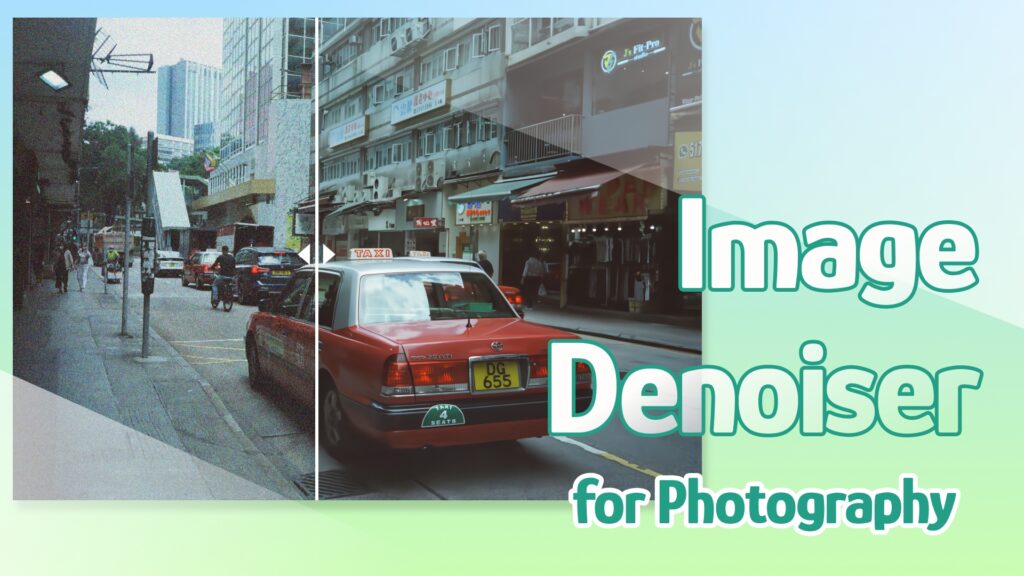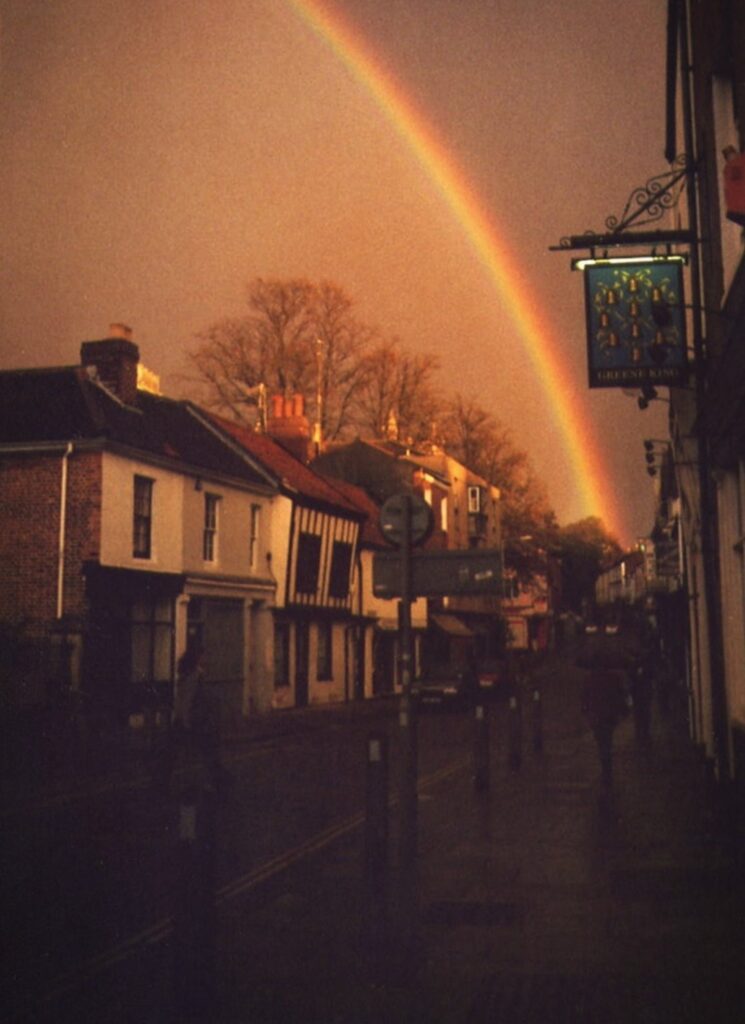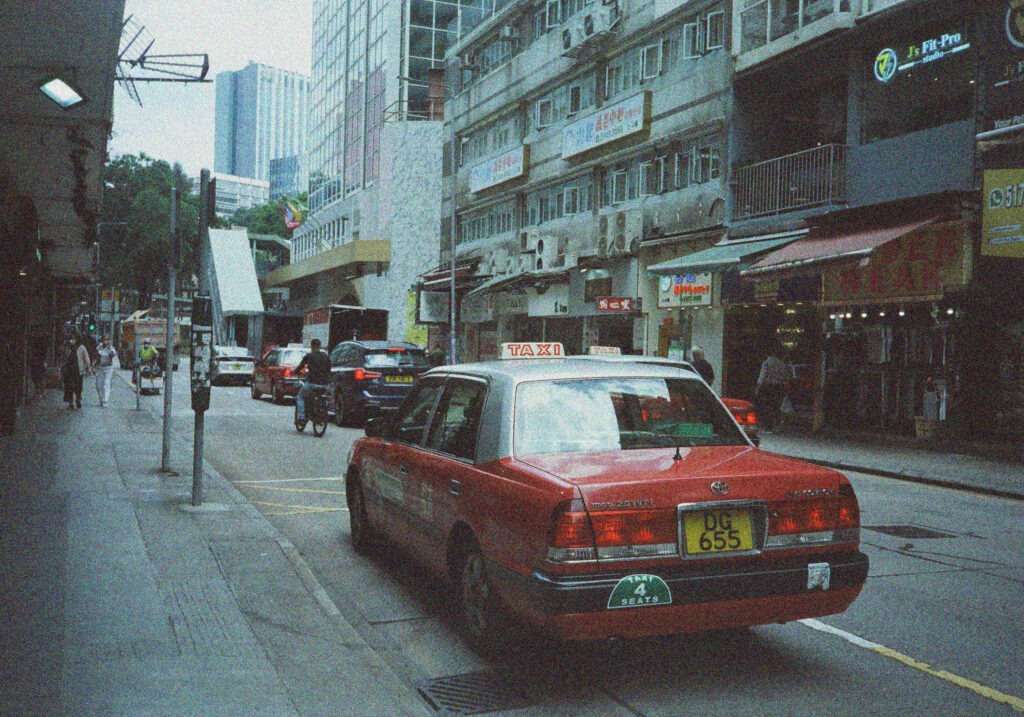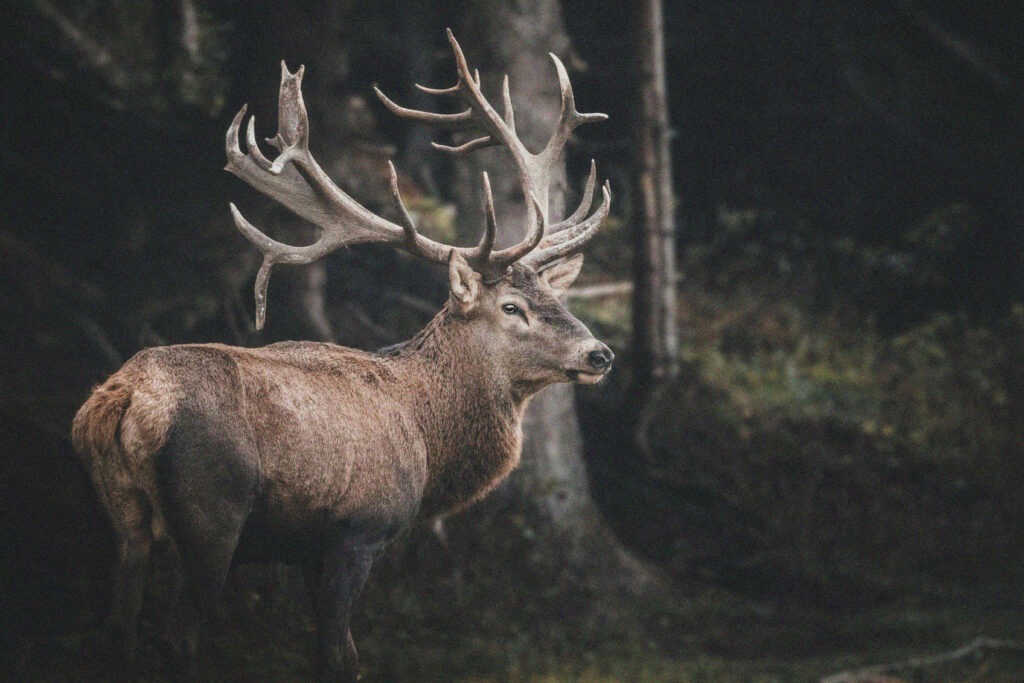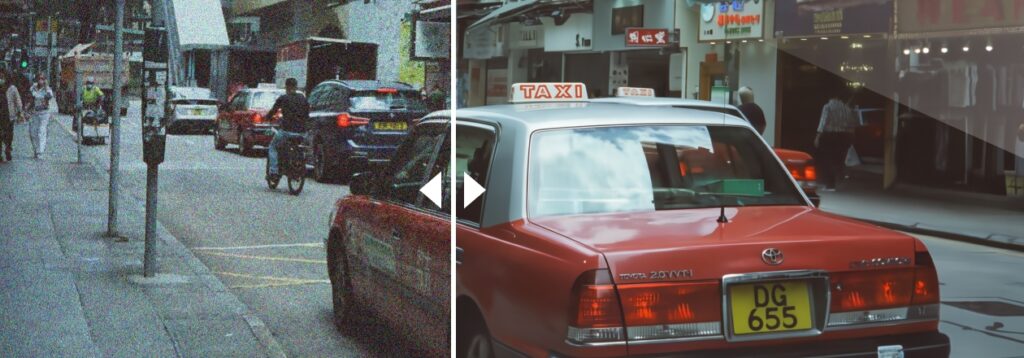If you’re a photography enthusiast, you’ve probably encountered image noise at some point. It’s that annoying grainy or speckled effect that can ruin the quality of your photos. But fear not! In this article, we’ll introduce you to the magical world of image denoisers and show you how they can transform your photography.
Understanding Image Noise
Before we dive into the world of denoisers, let’s first understand what image noise is. Image noise refers to random variations in brightness or color information that can appear in digital photographs. It’s caused by several factors, such as high ISO settings, low light conditions, or even the quality of your camera sensor. The result? Your once-perfect photo ends up looking like it was taken in the middle of a sandstorm.
The Impact of Image Noise on Photography
Image noise can have a detrimental effect on your photography. It can reduce the sharpness and clarity of your images, making them appear blurry or out of focus. It can also introduce unwanted artifacts, such as color speckles or banding, which distract the viewer from the main subject.
So, if you want to take your photography to the next level, getting rid of image noise should be at the top of your to-do list.
What are Image Denoisers?
Image denoisers are software or apps designed to reduce or eliminate image noise from your photographs. They use advanced algorithms and techniques to analyze the noise patterns in your images and then apply corrective filters to smooth out the imperfections.
In simpler terms, image denoisers work their magic to make your photos look cleaner, sharper, and more professional.
Different Types of Image Denoisers
There are several different types of image denoisers available, each with its strengths and weaknesses. Understanding the different types can help you choose the most suitable denoiser for your specific needs. Here are some of the most common types of image denoisers:
Profile-Based Denoisers: These denoisers use pre-defined profiles or templates to identify noise patterns based on the camera, ISO settings, and other parameters. By tailoring the noise reduction process to specific camera models, profile-based denoisers can achieve accurate and precise noise reduction.
Wavelet Denoisers: Wavelet denoisers utilize a mathematical technique called wavelet transform to analyze and reduce noise in different frequency bands. This approach allows for more localized noise reduction, preserving important details while effectively removing noise.
Artificial Intelligence Denoisers: With the advancements in machine learning and artificial intelligence, denoisers powered by AI have become increasingly popular. These denoisers use complex neural networks to learn from large datasets of clean and noisy images, allowing them to better understand and differentiate noise from image details.
How Image Denoisers Work
Image denoisers work by analyzing the noise patterns in an image and applying sophisticated algorithms to suppress or eliminate the noise while preserving the important details. The exact process may vary depending on the type of denoiser used, but here are the general steps involved:
Noise Analysis: The denoiser analyzes the noise patterns in the image, distinguishing them from the actual image information. This analysis helps the denoiser understand the characteristics of the noise and determine the most effective noise reduction strategy.
Noise Reduction Algorithms: Once the denoiser has identified the noise patterns, it applies intelligent noise reduction algorithms to suppress or eliminate the noise. These algorithms are designed to preserve the important details and textures while minimizing the impact on the overall image quality.
Filtering and Smoothing: After reducing the noise, the denoiser may apply additional filtering and smoothing techniques to ensure a clean and visually pleasing result. These techniques help eliminate any residual artifacts or inconsistencies that may have been introduced during the noise reduction process.
Benefits of Using Image Denoisers
Using image denoisers in your photography workflow can bring several significant benefits. Here are some of the key advantages:
Improved Image Quality: By effectively reducing or eliminating image noise, denoisers can enhance the overall sharpness, detail, and clarity of your photographs. This improvement in image quality can make a noticeable difference, especially when printing or displaying images in large formats.
Greater Creative Freedom: Image denoisers allow you to push the boundaries of post-processing and creative editing. With noise reduced, you can apply various adjustments, filters, and enhancements without worrying about accentuating noise artifacts.
Enhanced Low-Light Photography: Shooting in low-light conditions often leads to increased noise in your images. Using an image denoiser, you can capture stunning low-light photographs without compromising image quality.
Faster Workflow: Many image denoisers offer batch processing capabilities, allowing you to denoise multiple images simultaneously. This feature can significantly speed up your workflow, saving you time and effort.
Popular Image Denoiser Software and Apps
There is a wide range of image denoiser software and apps available to cater to different photography needs. Here are some popular options:
Nero AI: Nero AI is a powerful image denoiser that uses advanced artificial intelligence algorithms to reduce noise while preserving important details. Its intuitive interface and robust noise reduction capabilities make it a preferred choice among photographers.
DxO PhotoLab: DxO PhotoLab is a comprehensive photo editing software that includes a powerful denoising feature. It offers both automatic and manual denoising options, allowing you to achieve precise noise reduction based on your preferences.
Topaz DeNoise: Topaz DeNoise is a popular denoising plugin that integrates seamlessly with various photo editing software. It utilizes advanced AI algorithms to effectively reduce noise while preserving image details and textures.
Tips for Using Image Denoisers Effectively
To make the most of image denoisers and achieve optimal results, consider the following tips:
Shoot in RAW: Shooting in RAW format provides more flexibility and control during the denoising process. RAW files contain more data and retain more details, allowing denoisers to work more effectively.
Apply Denoising as a Separate Step: It’s generally recommended to apply denoising as a separate step in your post-processing workflow, after basic adjustments like exposure and white balance. This ensures that the denoiser works on the cleanest possible image.
Use Masking or Selective Denoising: If only certain areas of your image require noise reduction, consider using masking or selective denoising techniques. This allows you to preserve important details in specific areas while reducing noise in others.
Experiment with Different Settings: Image denoisers often provide various settings and parameters that allow you to fine-tune the noise reduction process. Don’t be afraid to experiment and find the settings that work best for your specific images.
Conclusion: Enhance Your Photography with Image Denoisers
Image denoisers have become an invaluable tool for photographers looking to enhance the overall quality and aesthetics of their images. By effectively reducing or eliminating image noise, denoisers allow you to capture stunning low-light photographs, explore creative possibilities, and achieve optimal image quality.
So, why settle for noisy photographs when you can use image denoisers like Nero AI to elevate your photography to new heights? Embrace the power of denoising, and say goodbye to noise for good.
